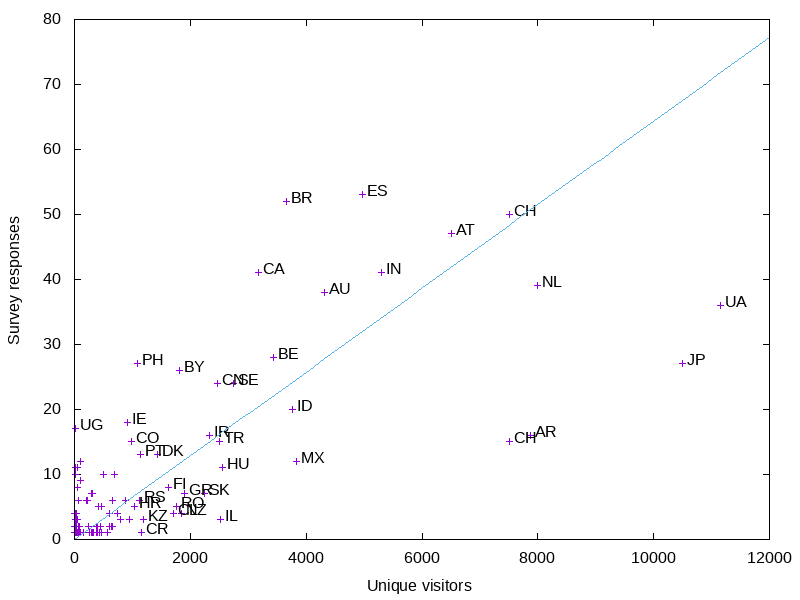

You can select tif files one by one or with *.tif but for a great number of image shell buffer will be overflowed To avoid deformation you’ll need to prepare a clean GDAL referential (a VRT file): The command for building a pyramid is “gdal_retile”, but there is some deformation if you use it directly if youre images are not contiguous. If you know better methods please put it in the comment :-) This require a geoserver plugin but this gives good results. The way I load it into geoserver is using an “Image pyramid”. I could merge them into a giant single one but loading it will eat a loooot of RAM and is not elegant or even practicable. Geoserver raster input is quite basic: it can load a single geotiff in a data store. Output.tif: TIFF image data, little-endian, direntries=16, height=689, bps=206, compression=none, PhotometricIntepretation=RGB, width=500īuild an Image pyramid from Geotiff images Input.tif: TIFF image data, little-endian, direntries=18, height=689, bps=8, compression=none, PhotometricIntepretation=RGB Palette, width=500 That is why we change blue and red into green (to have a single color) with convert command: Change color channelsĪs said in introduction, we want a one color coverage map. I won’t present the python & bash script glue but only important commands and tools. Note: Maybe it is possible to skip one step (especialy color manipulation) but all attempts I made failed

Build an Image pyramid from Geotiff images.Add geographical data into images transforming PNGs into geotiff.Change color channels to merge Red Green Blue into one channels.The general principle follow several steps:

Will return 256px x 256px PNG tile with alpha like this:įinally we will put in on a webmap using leaflet and with a nice background:


 0 kommentar(er)
0 kommentar(er)
